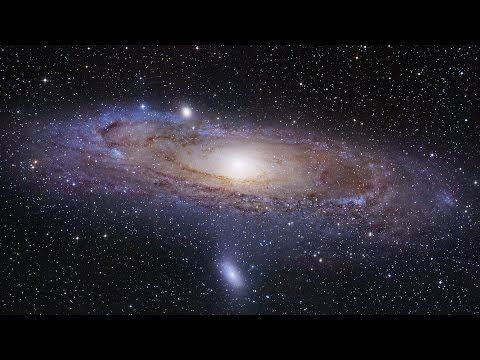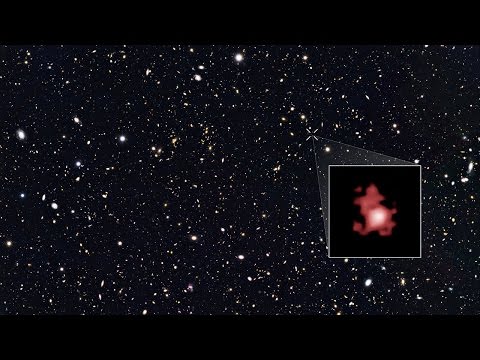Galaxy Formation: A Journey Through Space and Time
Galaxies, the vast collections of stars, gas, and dust that make up the universe, are some of the most awe-inspiring structures in the cosmos. But how did these majestic formations come to be? The process of galaxy formation is a journey through space and time that spans billions of years and involves complex interactions between matter and energy.
The story of galaxy formation begins shortly after the Big Bang, the massive explosion that created the universe around 13.8 billion years ago. In the early universe, matter was distributed unevenly, with regions of higher density attracting more matter through the force of gravity. Over time, these dense regions grew larger and more massive, eventually collapsing under their own gravity to form the first galaxies.
One of the key players in galaxy formation is dark matter, a mysterious and invisible substance that makes up about 27% of the universe. Dark matter does not emit, absorb, or reflect light, making it impossible to detect directly. However, its presence can be inferred through its gravitational effects on visible matter. Dark matter acts as a scaffolding for galaxies, providing the gravitational pull needed to bring together gas and dust and form stars.
As galaxies form, they undergo a process known as hierarchical assembly, in which smaller structures merge together to create larger ones. This process is driven by the gravitational interactions between galaxies, as well as the accretion of gas and dust from the surrounding environment. Over time, galaxies grow in size and complexity, with some merging to form even larger structures like galaxy clusters and superclusters.
One of the most important factors in galaxy formation is the presence of supermassive black holes at the centers of galaxies. These black holes can have masses millions or even billions of times that of the sun, and their gravitational pull can influence the evolution of the entire galaxy. As matter falls into the black hole, it releases energy in the form of radiation and jets of high-speed particles, which can heat up the surrounding gas and prevent it from forming new stars.
Despite the advances in our understanding of galaxy formation, many questions still remain unanswered. Scientists are still trying to determine the exact role of dark matter in shaping galaxies, as well as the mechanisms that drive the formation of supermassive black holes. By studying the properties of galaxies across different cosmic epochs and environments, researchers hope to unravel the mysteries of galaxy formation and gain a deeper insight into the origins of the universe.
In conclusion, galaxy formation is a complex and fascinating process that spans billions of years and involves a delicate interplay of matter, energy, and gravity. By studying the evolution of galaxies, scientists are not only gaining a better understanding of the universe but also uncovering the secrets of our own cosmic origins. The journey through space and time that galaxies have taken is a testament to the beauty and complexity of the cosmos.













